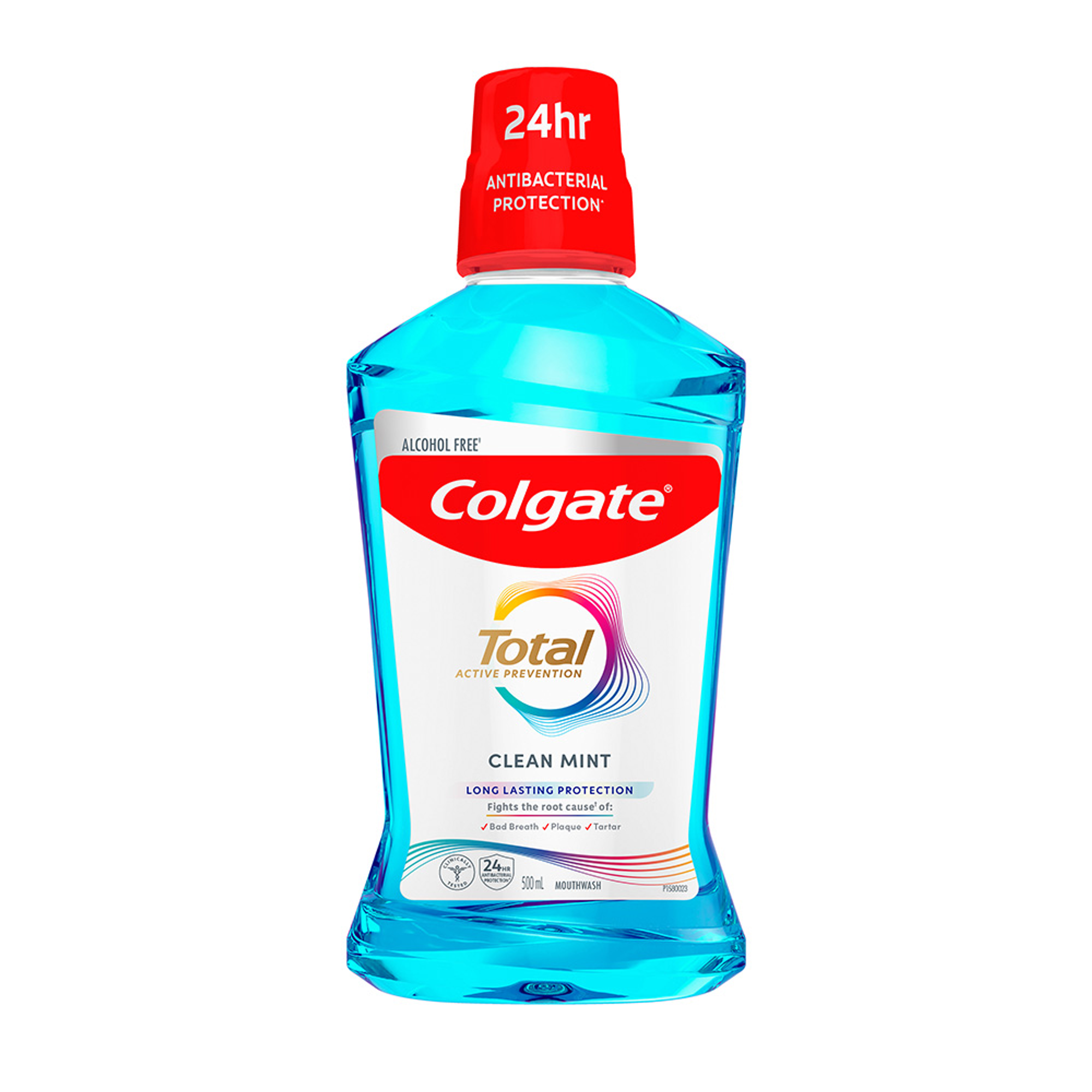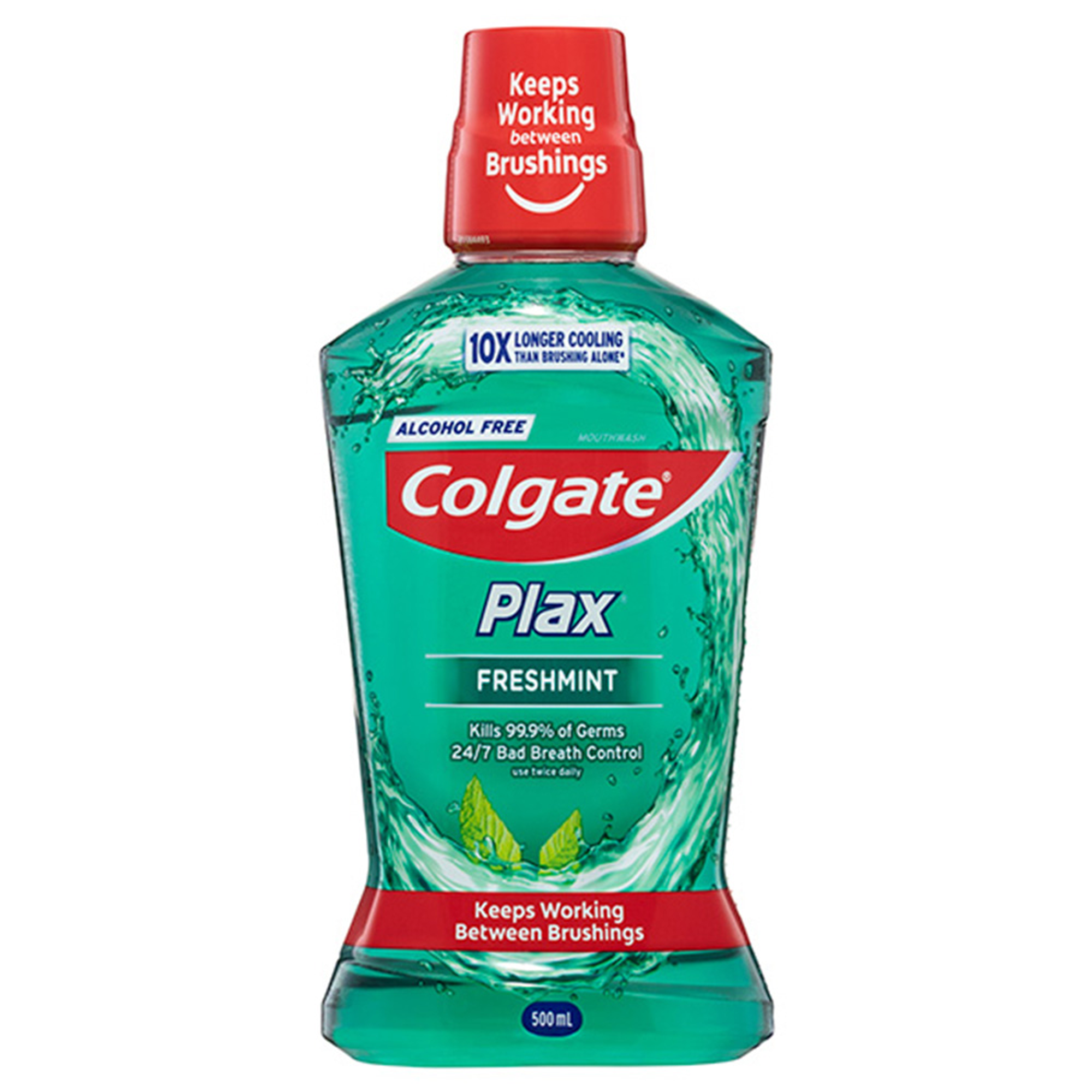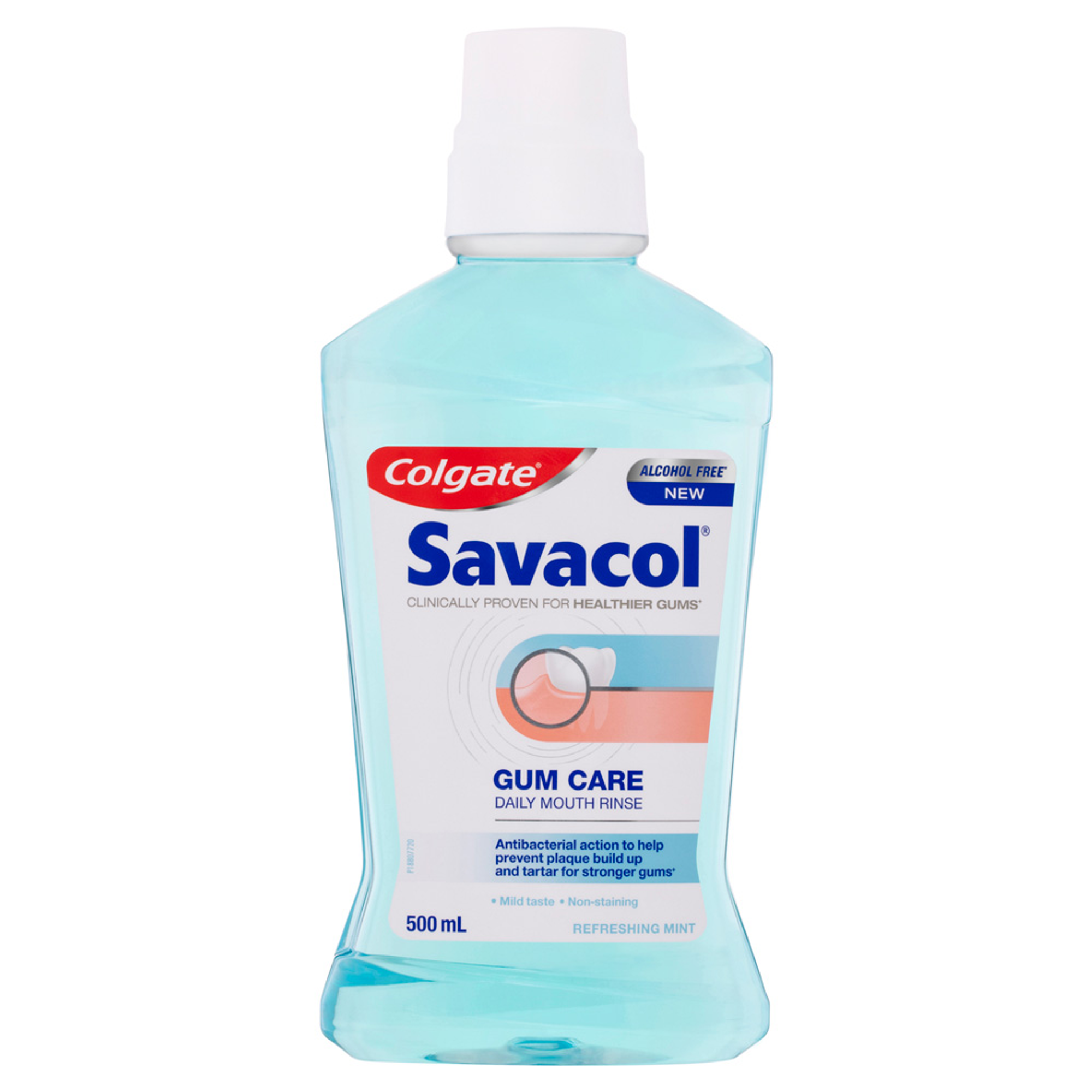
Efficient cleansing and removal of plaque biofilm from tooth and restoration surfaces is key to ensuring our patients have good dental health. In addition to brushing twice daily, we must also encourage patients to clean interdentally equally as frequently given plaque tends to accumulate between the teeth more, compared to other tooth surfaces. Hence, dental diseases like caries and periodontal disease occur more interdentally.1 Given there are plenty of different interdental cleaning tools available for patients to use, which tools are best for their situation, is one of the frequently asked questions of dental professionals. In this article, each of the interdental cleaning tools will be explored to better guide clinicians on recommending the ideal tool for their patients to support their oral health.
Why Interdental Cleaning
As dental professionals, it is our responsibility to help educate our patients on how to best maintain healthy teeth, implants and restorations for a lifetime. Studies have shown that tooth brushing alone only removes around 60% of plaque from the oral cavity.2 Therefore interdental cleaning is an important adjunctive step to ensure the remaining 40% of plaque that is missed can be effectively cleaned to reduce the risk of dental diseases and promote good dental health.
Dental Floss
There are different types of dental floss available for patients and dental clinicians to use - regular string floss, dental tape and floss holders/flossettes. Although dental floss as an interdental cleaning tool was conceptualised almost two centuries ago, the evidence on its effectiveness remains ambiguous. A recent Cochrane systematic review suggested flossing combined with toothbrushing may reduce gingivitis compared to toothbrushing alone however the overall certainty of evidence was low.4 This is likely due to the technique-sensitive nature of flossing leading to ineffective interdental cleaning and thus lack of patient compliance. Floss thread or tape can either be waxed or unwaxed; the former providing a smoother surface to glide between teeth surfaces. One major advantage of floss is that it is relatively cheap and travel friendly. Especially in the case of very tight interdental spaces or crowding of teeth, floss is usually the best tool to access these narrow areas. Should patients struggle with the manual dexterity needed for flossing, the use of floss holders or flossettes can improve compliance and adherence to a long term habit. Like floss, they are quite affordable and travel friendly. From a utility point of view, most flossettes also have the handle designed as a toothpick to remove food debris interdentally.
Wood Sticks/Toothpicks
Wooden toothpicks are one of the earliest devices used by humans historically to remove food debris. Wood Sticks tend to be triangular in shape whereas toothpicks are round in shape. Whilst these are relatively cheap, easy to use and tend to be used particularly by the elderly who have a habit of removing food with them, they can cause gingival trauma and splinters. In some cases toothpicks can also cause attritional tooth surface loss interdentally with long term aggressive force; usually characterised in intraoral radiography by circular radiolucencies under the contact point.4 To counteract the disadvantages of wood, there are now soft, flexible, plastic toothpicks available which have a perforated design with a thin, triangular cross-section to better cleanse interdentally compared to round wooden toothpicks. These are a much better solution for patients who prefer to use toothpicks without traumatising the gingiva.
Interdental Brushes
Interdental brushes initially were designed to be used by patients who had lost their interdental papillae as a result of periodontal disease, leading to wider embrasures and food and plaque still being trapped after flossing. Whilst patients with intact and healthy dental papillae were encouraged to use floss, interdental brushes now come in a variety of standardised sizes to fit a range of embrasure spaces to facilitate better interdental cleaning. Compared to toothpicks, the bristled, wire brushes or soft, flexible, rubber nibs tend to pick up more plaque; thus leading to more effective plaque removal.5 Since they do not need to pass through an interdental contact point and are therefore easier to use than floss, compliance is better amongst patients. However, patients must still be warned against aggressive use as they can cause gingival trauma. Most importantly, interdental brushes need to be correctly sized with a sizing probe by dental practitioners for each interdental space in the mouth. Therefore, an individual patient may need to use a multitude of different-sized interdental brushes to effectively clean between their teeth. Aside from periodontal patients, interdental brushes are also useful for patients undergoing orthodontic treatment with traditional fixed brackets and wires. Floss is blocked by the orthodontic wire, but interdental brushes can easily slip under the wire to effectively clean the interdental spaces.
Oral Irrigators
Oral irrigators are electric, interdental cleaning tools that either use water or air to clean around and between the teeth. Water flossers use a jet stream of water to clean whereas air flossers use jets of air combined with water droplets to remove food debris interdentally.6 Their mechanical mode of action relies on a combination of pulsation and pressure to remove supragingival plaque, subgingival plaque and other debris whilst stimulating the gingival tissues. There are two zones of hydrokinetic energy produced by the pulsating action - the impact zone and the flushing zone. The impact zone is where the solution initially contacts the gingival margin whereas the flushing zone is where the water reaches subgingivally.3 A pulsating water jet regulates the water pressure in the device and relies on the fact that attached gingiva can sustain pressure of up to 160 psi (pounds per square inch) for 30 seconds resulting in no permanent damage. Some studies estimate that for undamaged or healthy gingival tissues, a pressure of 90 psi is acceptable whereas for inflamed or ulcerated gingival tissues, a pressure of 50-70 psi is recommended.7 Like interdental brushes, oral irrigators are indicated for patients who have wider embrasure spaces resulting from the loss of interdental papillae. However, they are also indicated to maintain good periodontal health around dental implants, bridges and patients wearing orthodontic appliances such as fixed braces. The main advantage of oral irrigators is the ease of use for patients with limited manual dexterity such as patients with disabilities, arthritis or the elderly. Patients can also mix adjunctive therapeutic mouth rinses in the water tank reservoirs of oral irrigators to better manage periodontal disease. However, these appliances can be costly and given they require water, a sink and power to charge their batteries, they are therefore less travel friendly compared to interdental brushes and floss.
Since patients have a number of interdental cleaning tools available to them to use, dental practitioners should continue to recommend personalised interdental cleaning tools for their patients based on their individual needs. More importantly, this should also extend to determining the ideal tools based on their manual dexterity or capability to achieve a safe and high standard of interdental cleaning. When the appropriate tool is matched to the patient’s specific needs and ability to easily maintain this habit in the long term, this allows us as dental practitioners to optimise a patient’s dental hygiene and health.
Amarasena N, Gnanamanickam ES, Miller J. Effects of interdental cleaning devices in preventing dental caries and periodontal diseases: a scoping review. Australian Dental Journal 2019; 64: 327-337
Abdellatif H, Alnaeimi N, Alruwais H, Aldajan R, Hebbal MI. Comparison between water flosser and regular floss in the efficacy of plaque removal in patients after single use. Saudi Dent J. 2021;33(5):256-259. doi:10.1016/j.sdentj.2021.03.005
Worthington HV, MacDonald L, Poklepovic T, et al. Home use of interdental cleaning devices, in addition to toothbrushing, for preventing and controlling periodontal diseases and dental caries. Cochrane Database Syst Rev 2019; 4:CD012018. https://doi.org/10.1002/14651858.CD012018.pub2
Amarasena N, Luzzi L. Interdental cleaning. Dental Practice Education Research Unit | University of Adelaide. Accessed January 27, 2024. https://health.adelaide.edu.au/arcpoh/dperu/colgate-special-topics/interdental-cleaning
Colgate. Taking Care Of Your Teeth. Colgate. Accessed January 27, 2024. https://www.colgateprofessional.com.au/patient-education/oral-hygiene-basics/taking-care-of-your-teeth
Colgate. Electric Flosser - types, benefits & more. Colgate. Accessed January 27, 2024. https://www.colgate.com.au/oral-health/brushing-and-flossing/can-an-electric-flosser-make-flossing-easier
Bhaskar SN, Cutright DE, Gross A, Frisch J, Beasley JD. J Periodontol 1971;42:658-664.
Dr Kaejenn Tchia is a recent graduate working in a corporate private practice in Darwin, Northern Territory. He is the current President of the Australian Dental Association NT Branch Inc. He has also served leadership positions for Bupa Dental Corporation including the Clinical Advisory Panel, Clinical Procurement Committee and currently the Graduate Committee. He is passionate about helping and collaborating with fellow dental colleagues, recently embarking on a new journey to help recent graduates eliminate burnout through a 6-step B.E.L.I.E.F System
Join us
Get resources, products and helpful information to give your patients a healthier future.
Join us
Get resources, products and helpful information to give your patients a healthier future.











